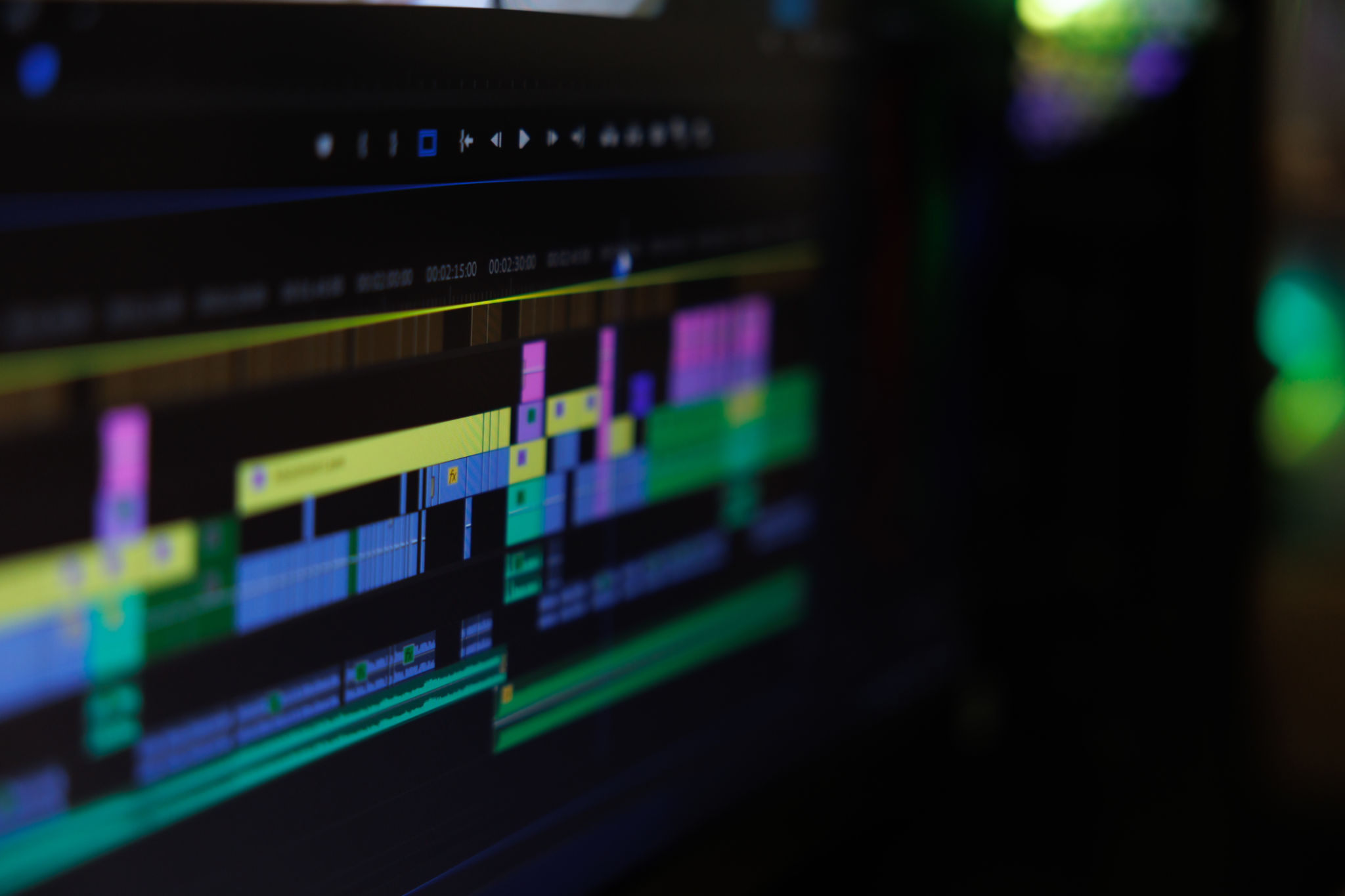Behind the Scenes: Successful Multi-Camera Productions
The Art of Multi-Camera Productions
In the dynamic world of filmmaking and broadcasting, multi-camera productions hold a unique place. These productions are often seen in live events, sitcoms, and talk shows. They offer a seamless viewing experience by capturing the action from different angles simultaneously. The success of such productions lies in the intricate behind-the-scenes coordination and technical expertise.

The Role of the Director
The director is the linchpin of any multi-camera production. Their role is to oversee the creative and technical aspects, ensuring that every camera angle contributes to the storytelling. Directors work closely with camera operators to decide on the best shots and transitions. This requires quick decision-making skills and a clear vision of how the end product should look.
Moreover, directors must communicate effectively with the technical crew and talent. They often rely on a well-planned script and shot list to maintain coherence throughout the production. This meticulous planning helps in keeping the team aligned and focused on their roles.
Camera Setup and Positioning
Setting up multiple cameras involves strategic positioning to cover every necessary angle without obstructing each other. Camera operators are crucial in this setup as they need to be adaptable and ready to capture spontaneous moments. The choice of lenses, camera height, and distance from the subject all play a part in achieving the desired visual effect.
An essential part of this process is ensuring that cameras are synchronized. This means matching the settings such as white balance and exposure across all devices to maintain consistency in the footage. The technical team often uses monitoring systems to view all camera feeds simultaneously, allowing them to make real-time adjustments.

Lighting Challenges
Lighting in multi-camera productions can be particularly challenging. Unlike single-camera setups, lighting must be even and consistent across different angles. The lighting team must find a balance that enhances the subject without causing unwanted shadows or glare on any camera.
To achieve this, lighting designers often employ a mix of key lights, fill lights, and backlights. They work in harmony with the camera team to ensure each shot is well-lit, enhancing the overall visual quality of the production.
The Power of Post-Production
Once filming wraps up, the footage moves to the editing suite, where post-production magic happens. Editors play a pivotal role in weaving together multiple camera angles into a cohesive narrative. They meticulously review hours of footage, selecting the best shots to piece together a seamless final product.

Advanced editing software allows editors to synchronize audio and video with precision. They also add special effects, transitions, and color grading to enhance the visual appeal. The post-production phase is where creativity meets technical skill, transforming raw footage into an engaging story.
Teamwork: The Backbone of Success
Successful multi-camera productions are the result of teamwork and collaboration. Every team member, from camera operators to lighting technicians, plays a vital role in bringing the director's vision to life. Regular rehearsals and communication ensure that everyone is on the same page, reducing the risk of errors during live events.
The spirit of collaboration extends beyond the set to include post-production teams who work tirelessly to perfect each scene. This collective effort is what sets apart successful productions from their counterparts, delivering high-quality content that resonates with audiences.
